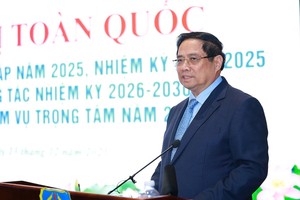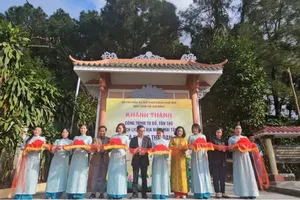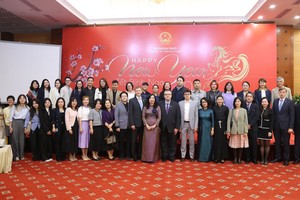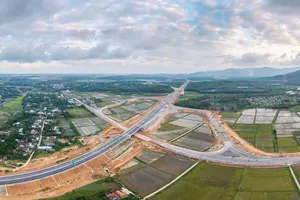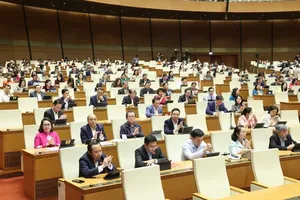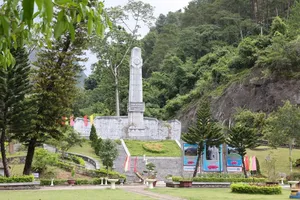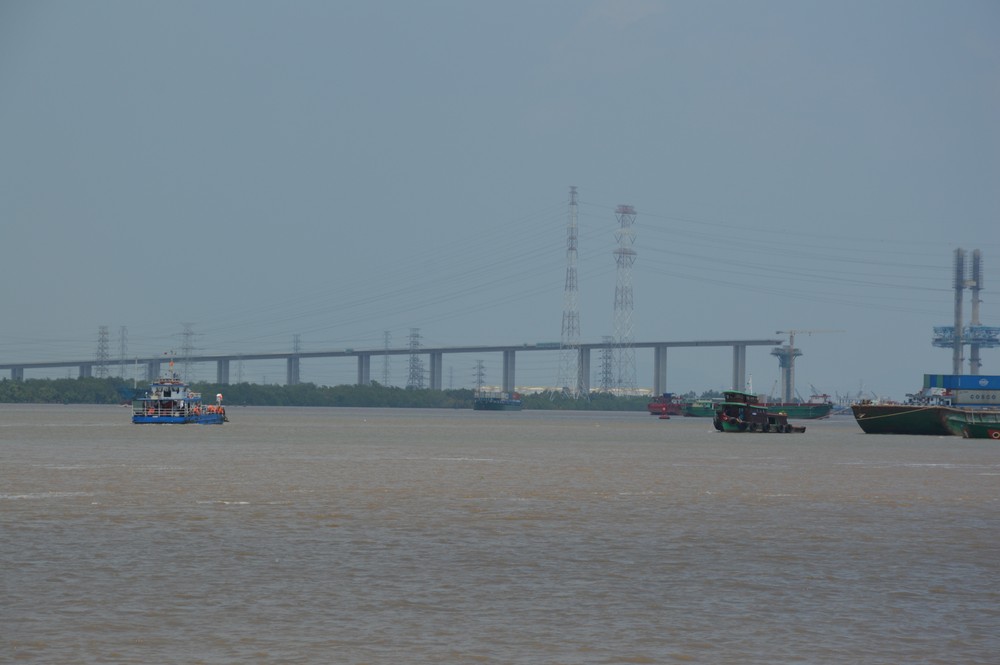
The city’s irrigation sector has been building about 45 irrigation systems with approximately 2,000 kilometers of embankments and dykes along various rivers and canals together with over 900 auxiliary structures like culverts, dams, and pumping stations.
Additionally, about 600 embankment works are serving for flooding control due to high tides combined with rural traffic.
The irrigation systems and works have been constructed in Ho Chi Minh City to meet the needs for saltwater salinity control and flooding prevention for about 55,000 hectares of agricultural land; flooding prevention for about 70,000 hectares during tidal waves in the suburban districts of Cu Chi, Hoc Mon, Binh Chanh, Can Gio, Binh Tan, Thu Duc City and District 12.
The People's Committee of Ho Chi Minh City said that the city is currently suffering from various types of natural disasters and risks, hence the operation and regulation of the irrigation systems have faced many challenges.
Particularly, during the dry season, apart from regulating water for agricultural irrigation and preventing salinization, the systems also had to prevent pollution sources.
Under the irrigation development plan until 2030, with a vision to 2045, there will be three sub-regions in Ho Chi Minh City.
The first sub-region in Cu Chi District comprised 185 works with an investment of nearly VND14,000 billion (US$552 million) in charge of the Dong canal system, the irrigation system along the Saigon River and the drainage system.
The Dong Canal system will need to be upgraded to ensure water supply for Ho Chi Minh City's domestic water from the Dau Tieng Reservoir; meanwhile, the irrigation system along the Saigon River shall ensure water supply and drainage capabilities, flooding prevention and tidal control.
District 12 and the districts of Binh Chanh, Hoc Mon and Nha Be are located in the second sub-region that utilizes water sources for agricultural production, mostly supplied from the internal canal and stream systems originating from the Vam Co River, Saigon River and Tra Canal.
This sub-region needs to upgrade the Hoc Mon - Northern Binh Chanh irrigation system by dredging method to clear flow, the embankments on both sides combined with rural traffic development and add culverts and protective embankments to protect the agricultural and residential areas.
The sub-region needs 266 irrigation projects with an investment of more than VND9,560 billion (US$378 million).
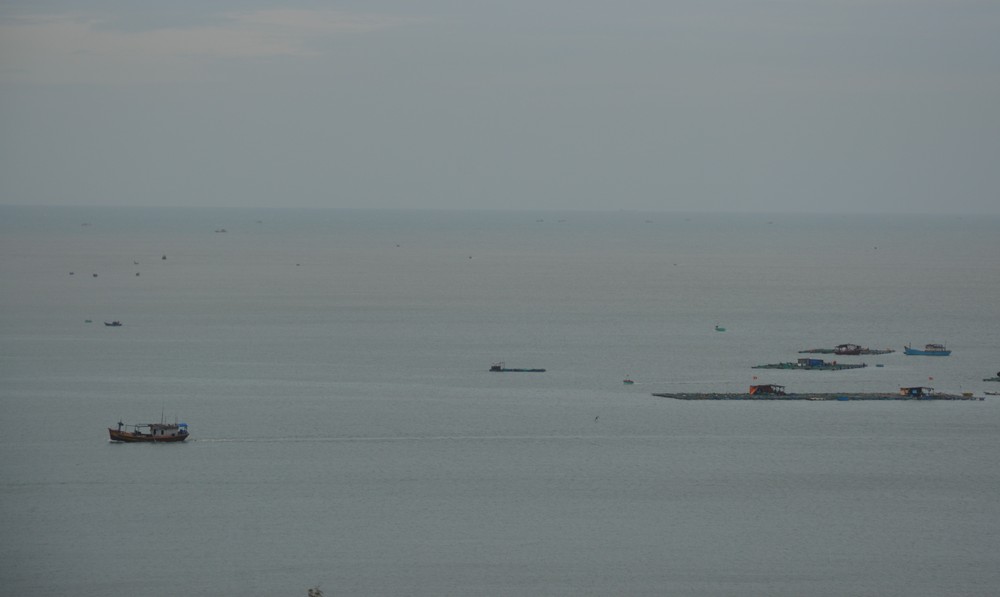
The third sub-region 3 is identified as Can Gio District being in need of upgraded embankments and dykes for erosion and flooding prevention from high tides as well as dredged channels and streams to improve water drainage capabilities.
As for the raw salt production area, it is necessary to construct protective embankments to protect the production zone during high tides and storms.
The sub-region needs nearly VND2,990 billion (US$1.18 million) to invest into 101 projects.
In addition to these sub-regions, Ho Chi Minh City needs investment into 105 small-scale irrigation works and intra-field irrigation systems, with nearly VND450 billion (US$17.8 million). Following this irrigation development plan, one of the city's significant tasks is to ensure clean water for domestic and industrial, business needs.
Thus, the water supply planning for the city until 2040, with a vision to 2060, will need the construction of regulatory reservoirs, raw water storage reservoirs and clean water tanks at water treatment plants.
Simultaneously, the city has to plan emergency preparedness amid the impacts of climate change, ensuring water security.
